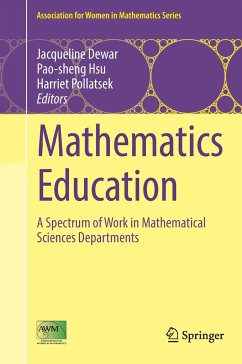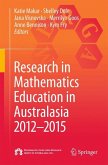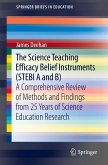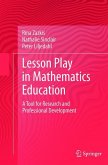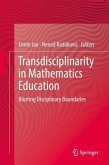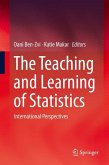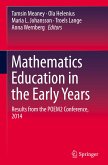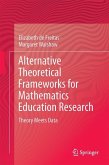Many in the mathematics community in the U.S. are involved in mathematics education in various capacities. This book highlights the breadth of the work in K-16 mathematics education done by members of US departments of mathematical sciences. It contains contributions by mathematicians and mathematics educators who do work in areas such as teacher education, quantitative literacy, informal education, writing and communication, social justice, outreach and mentoring, tactile learning, art and mathematics, ethnomathematics, scholarship of teaching and learning, and mathematics education research. Contributors describe their work, its impact, and how it is perceived and valued. In addition, there is a chapter, co-authored by two mathematicians who have become administrators, on the challenges of supporting, evaluating, and rewarding work in mathematics education in departments of mathematical sciences.
This book is intended to inform the readership of the breadth of thework and to encourage discussion of its value in the mathematical community. The writing is expository, not technical, and should be accessible and informative to a diverse audience. The primary readership includes all those in departments of mathematical sciences in two or four year colleges and universities, and their administrators, as well as graduate students. Researchers in education may also find topics of interest. Other potential readers include those doing work in mathematics education in schools of education, and teachers of secondary or middle school mathematics as well as those involved in their professional development.
This book is intended to inform the readership of the breadth of thework and to encourage discussion of its value in the mathematical community. The writing is expository, not technical, and should be accessible and informative to a diverse audience. The primary readership includes all those in departments of mathematical sciences in two or four year colleges and universities, and their administrators, as well as graduate students. Researchers in education may also find topics of interest. Other potential readers include those doing work in mathematics education in schools of education, and teachers of secondary or middle school mathematics as well as those involved in their professional development.
"This volume consists of 25 thoughtful papers on mathematics education with the aim of reaching a wide audience. ... There are five parts, each described as 'benefitting' a particular audience: readers of this book, pre-service and in-service teachers, STEM majors, students in general education courses, and the public and the larger mathematical community." (Herbert E. Kasube, MAA Reviews, October, 2017)

